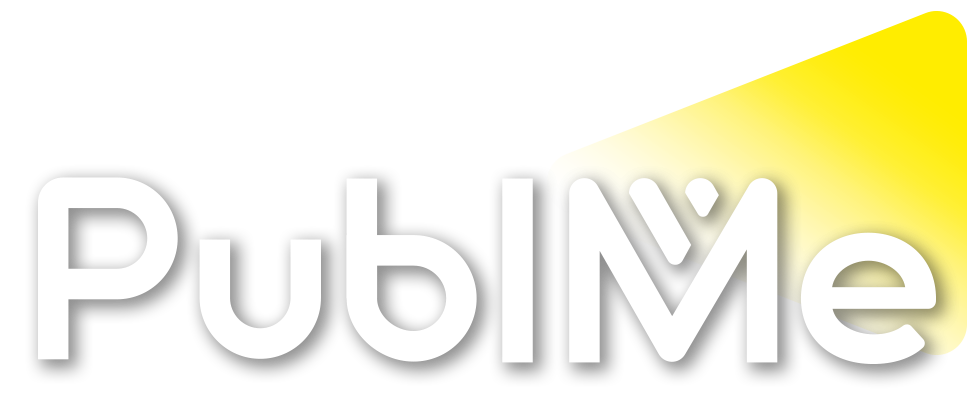Reaction thread #18183
Mastering Jazz Harmony: The Ultimate Exercise to Practice Target NotesAre you looking for an effective exercise to improve your understanding of jazz harmony and sharpen your improvisational skills? Look no further! In today’s video, we’ll explore the best exercise to practice target notes, a fundamental concept in jazz that can transform your playing.
Watch the entire lesson in video format (from the mDecks Music YouTube Channel)
The exercise consists of two steps: chord-tones and guide-tone lines. Let’s take a closer look at each one.
Step One: Chord-tones
Chord-tones are the notes that make up a chord, including the root, 3rd, 5th, and 7th (or 6th). By focusing on a single chord-tone and playing it over the entire tune, you’ll gain insight into the harmonic progression from a more linear perspective.
For example, if you choose to work on the 3rd of the chord, you would play the major third (E) over a Cmaj7, but over Cm7 you’d have to play Eb (the minor 3rd), and for a C7sus4 you’d have to play an F (the sus4). By doing this exercise for all chord-tones, you’ll memorize tunes and internalize chord progressions more deeply.
Step Two: Guide-tone lines
If you know your chord-tones well, you can move on to the more advanced step of guide-tone lines. Guide-tones are the 3rd (or the 4th in a sus4 chord) and the 7th (or the 6th in sixth chords). By creating a line that goes from guide-tone to guide-tone across the entire tune, you’ll trace the harmonic progression in the most effective way possible.
A good guide-tone line reveals the secrets behind the chord progression and offers the best picture of what a tune’s harmony is all about. By learning how to walk these guide-tones, you’ll improve your improvisational skills and train your ear like no other exercise.
To illustrate this, we’ll take a 2-5-1 progression (Dm7 – G7 – Cmaj7) and trace the guide-tones. The smoothest lines are F F E, and C B B. These two lines are tracing the 2-5-1 in a way that reveals what a 2-5-1 progression is all about.
By practicing both chord-tones and guide-tone lines, you’ll develop a deep understanding of jazz harmony and be able to improvise with greater fluency and ease. And if you want to take your practice further, check out our collection of Jazz Standards from the real book, all laid out for you with chord-tones, tensions, and lines. Visit our website mDecks.com for more information and to access a PDF with all the steps applied to “Alice in Wonderland”.
BTW, you can get the entire jazz standard repertoire with chord-tones, guide-tones lines and tensions on the mDecks website: The Target Notes Jazz Book
In conclusion, the exercise we shared with you today is a must-try for any jazz musician looking to take their playing to the next level. With consistent practice, you’ll master target notes and unlock the secrets of jazz harmony. Happy practicing!
Mastering Jazz Harmony: The Ultimate Exercise to Practice Target Notes
mdecksmusic.comAre you looking for an effective exercise to improve your understanding of jazz harmony and sharpen your improvisational skills? Look no further! In today’s video, we’ll explore the bes…
CristinellaBella
@Cristinellaysrecordmanagement
@struggleboystacha
@TACHAkamal
@KSLabel





